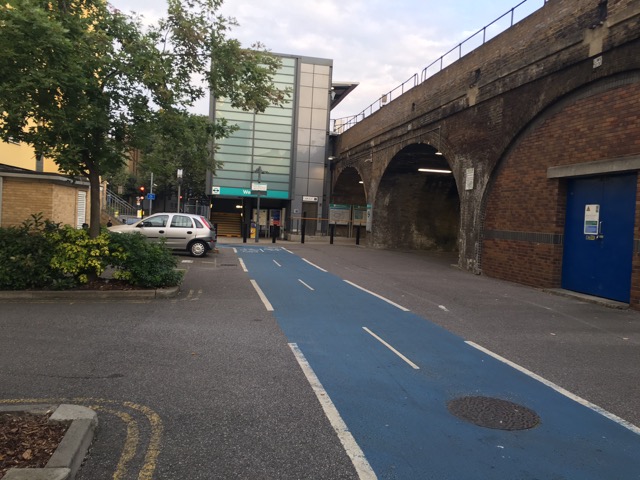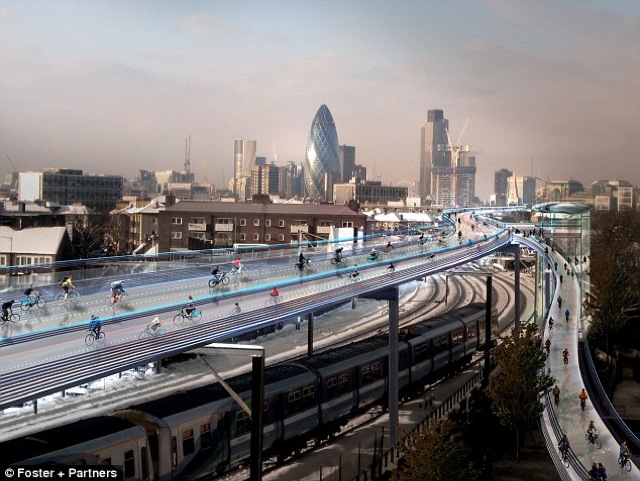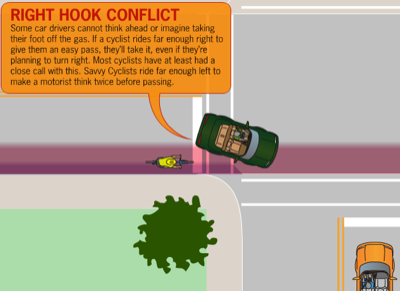Greetings from Frome (which rhymes with broom, not dome), Britain (which rhymes with ten, not plain). Last week the Antiplanner praised a “bicycle superhighway,” or what I would call a “bicycle boulevard,” that was set up in London. On Saturday, I got a taste of the rural version of this superhighway, but I was much less impressed.
The national cycle routes were set up by, or at least documented by, Sustrans (which presumably is short for “sustainable transportation”), a non-government (but partly government-funded) organization. On my ride from Brighton to Dover, I got to see and use some of National Cycle Route 3, one of more than 100 such routes in Britain.
Before describing the route, I have a bone to pick with Sustrans. The organization has a map of its routes on line, but it is made to not be easily copied, and is useless for detailed, on-the-ground directions. It sells paper maps, but as a cyclist, I don’t want to have to unfold a map everytime I come to a crossroads. It doesn’t make PDFs of its maps available, just paper. How sustainable is that?










